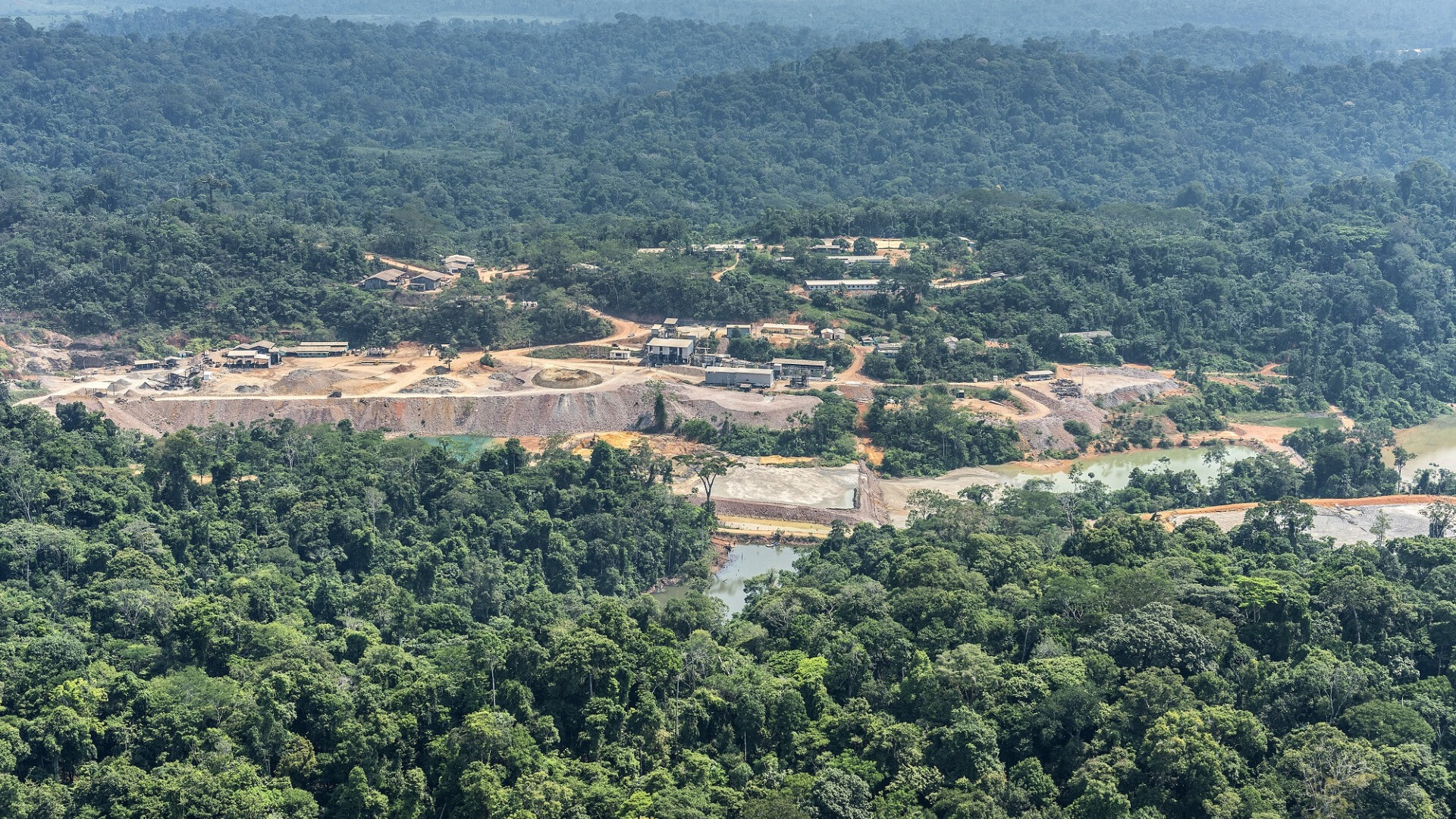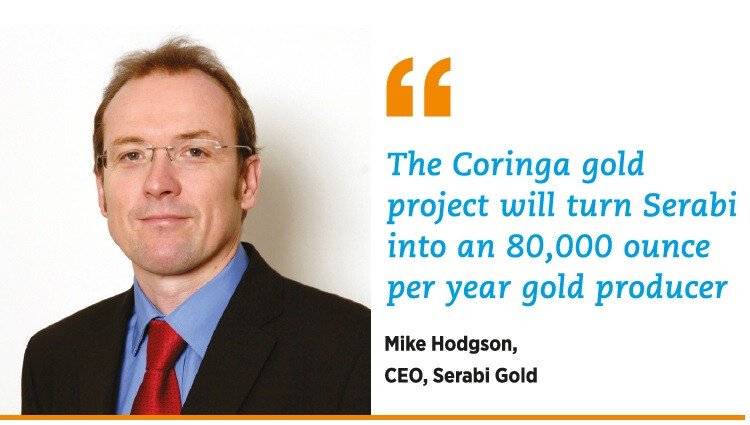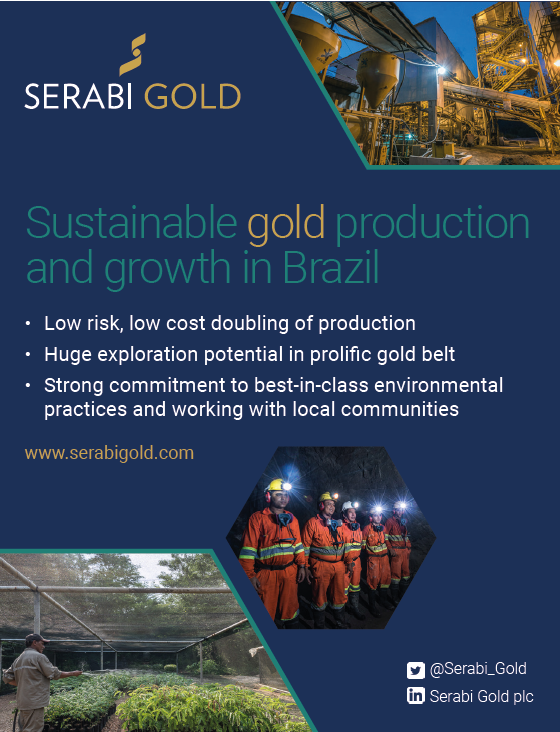Brazilian mining unfazed by looming elections
Brazil is already an established mining jurisdiction for iron ore; now smaller miners are leveraging those advantages to produce other metals…

The political battle between Bolsonaro and Lula dominates the media in Brazil. In October, incumbent Jair Bolsonaro will go to the polls against former president, Luiz Inácio Lula da Silva. The dichotomy between the right-wing and left-wing populist frontrunners understandably feels like a decisive moment for the Brazilian people. But the mining industry is unconcerned. That’s because Brazil is a mature mining jurisdiction and, unlike in other Latin American countries, the sector doesn’t have to worry about radical changes to the rules of the game every time there is an election.
Gonzalo Quijandria, is the Corporate Affairs Director of Minsur, a massive copper, gold and tin miner that is the second largest producer of tin in the world. Minsur has operations in both Peru and Brazil, and Quijandria believes that Brazil’s solid institutions mean that miners don’t have to overly worry about politics. “We have operated in Brazil under various governments, and although we always prefer pro-investment governments that don’t create additional costs, the advantage of Brazil is that the institutions can withstand political change. We are in a long-term business, so we don’t worry too much about government cycles. However, the weak institutions do worry us because that is a structural long-term problem.”
Comparing Brazil to Peru, Quijandria notes “the Brazilian state has better institutions and in general the law is upheld more in Brazil than it is in Peru. The different central and state authorities ensure that the law and various regulations are respected. For example, it’s impossible to imagine protestors closing a major highway in Brazil. This extends to the relationship with indigenous communities. In Brazil the state handles that relationship and has adequate mechanisms in place to arbitrate any disputes that arise.”
Another reason why miners can be relaxed about the coming elections, is that Brazil is a federation of States, where local political relations can be more important than what happens in the capital, Brasilia. “The best way to explain it is that Brazil is a collection of 26 states that speak Portuguese and use the real”, says Mike Hodgson, CEO of Serabi Gold (LON: SRB) a London-listed, Brazil-based gold miner. “Serabi Gold dances to the tune of two types of law: federal and state. The state institutions decide the permitting, so it is important to have good communication with them. But we are also impacted by federal policy.”

One of the advantages of operating in a country where mining, albeit mostly iron ore, is well established is that there is a solid mining code, says Hodgson. “It is a very clear mining code. I have worked in some countries where you have to educate state officials about mining – that’s not the case here in Brazil. We are particularly lucky to be based in Pará, which is Brazil’s number 2 mining state and vying for the top spot.” Serabi is currently looking to expand production by building a processing plant at its new gold mine, Coringa that, like its existing production complex, Palito, is based in Pará. “All of our permitting is handled locally, and although the process is not very quick – for example we have added an additional step of a voluntary indigenous study – there is a clear route to moving a mine into development. That’s demonstrated by the fact that we already have our preliminary license.”
That assessment is shared by Jeremy Martin, CEO of Horizonte Minerals (LON: HZM) a UK-listed junior that is developing two nickel projects in Brazil. “We have been in the country for 12 years and are passionate about Brazil. One of the drivers is that it has a mature and well-developed mining code. Brazil is a country where most of the world’s majors are present and mining accounts for a significant portion of GDP. As such, mining is well understood there are favourable tax rates for new nickel projects, a skilled labour force available with all support services. You don’t have the same stories of mining nationalisation or water scarcity that we are starting to hear in some other Latin American countries. And that’s why we have been able to raise $633million across a raft of international investors and institutions. They are comfortable with Brazil as a mining jurisdiction, otherwise we wouldn’t have been able to get that financing.”
Marc Bishop Lafleche, CEO of Anglo Pacific Group, an energy-transition focused royalty and streaming company, agrees. “In Brazil we are invested in vanadium through a deal with Largo and its Maracás Menchen mine. It is the lowest-cost vanadium mine in the world. We also have exposure to a nickel-cobalt project in Brazil that has the capacity to produce 24,000 tonnes of nickel per year. The great thing about this mine is that it will produce MHP nickel, which can flow directly into the battery supply chain.”
Geology
A stable mining code, good workforce and competitive tax rates are all important factors for attracting investment. But the most important is the geology. Brazil is responsible for around 20% of global iron ore production and has the planet’s second-largest reserves but it also has world-class potential in other metals. It has the planet’s 3rd-largest reserves of nickel, 4th-largest of bauxite, 5th-largest of tin and 6th-largest of gold. Brazil’s production in nickel and gold doesn’t match its massive reserves, meaning there is potential to bring more online.
In gold, the main area of the focus is the 200 kilometre-squared Tapajós region in north-east Brazil. “The Tapajos has always been hard for geologists to understand”, says Hodgson. “More than 30 million ounces of artisanal gold have been mined in the Tapajós since 1970, which is a huge amount, and geologists aren’t really sure where it’s coming from. It could be a collection of small, narrow veins, like the type we mine at Palitos, or part of larger ore bodies that are still concealed.” That’s why Serabi Gold’s latest discovery, a copper-gold porphyry, has sparked investor interest. “We have already drilled three holes in the first prospect, Matilda”, says Hodgson. “It’s exciting because it is part of a copper-gold porphyry system, which have the potential to be mega deposits.”

That’s the key to investing in Brazil-focused juniors. The country’s geology means they have the potential to grow much larger. “The Coringa gold project will turn Serabi into an 80,000 ounce per year gold producer”, says Hodgson. “But this exploration could make us much larger, perhaps producing 250,000 ounces of gold by 2030. We are fortunate that we have cashflow that allows us to part self-fund a decent drilling campaign. Perhaps when we have drilled ten holes and defined the deposit, we will look to bring in a partner with more financial firepower.”
Marin is similarly upbeat about Horizonte’s prospects. “Our mine in Araguaia will be producing in 24 months’ time. Then we will develop a second line to speed up production, taking us to 30,000 tonnes of nickel per year. Then the focus will shift to Vermelho, another large nickel deposit that could get a construction decision in three years’ time. If both are producing at full capacity we will have an output of 60,000 tonnes of nickel per year, which puts us on a par with the majors today.”
As the presidential race heats up, investors can expect plenty of volatile headlines to come from Brazil. But whoever comes to power, Brazil’s mining sector has a promising future.